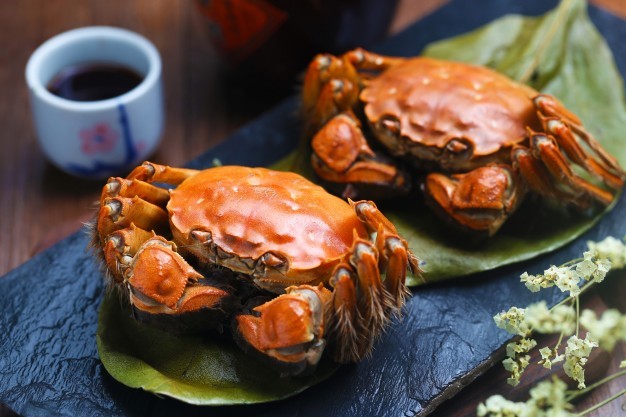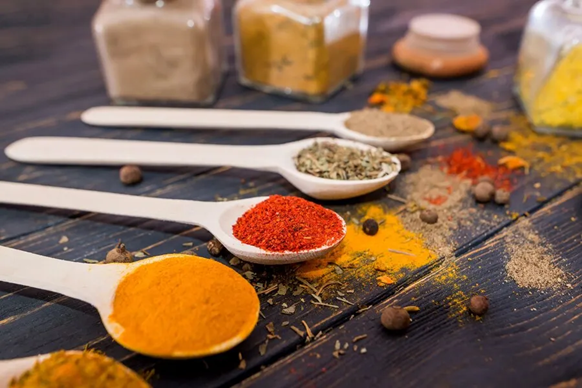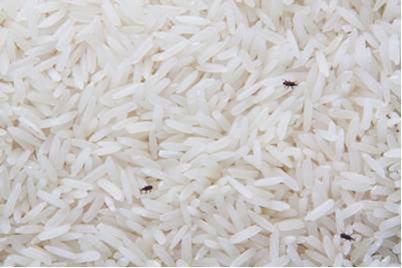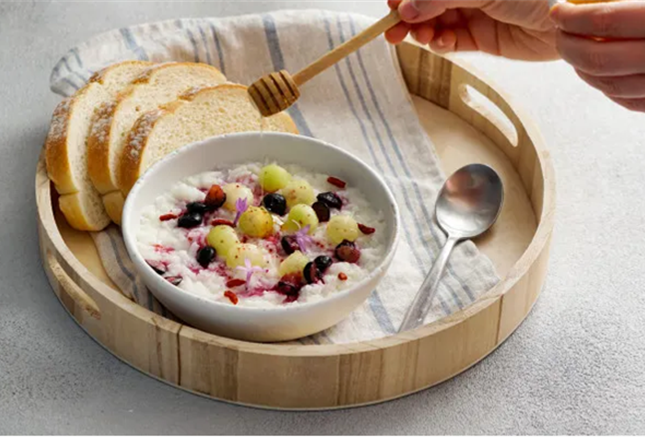Introduction
Hairy crab, also known as the Chinese mitten crab or 大闸蟹, is a seasonal delicacy in Asia, prized for its sweet flesh and creamy roe. Hairy crabs are usually in season in October and November when the crustacean matures and migrates from its freshwater habitat towards the ocean. A highlight for many foodies, the prized crustacean was under the spotlight a few years ago when excessive levels of dioxins and polychlorinated biphenyls (PCBs) were detected in samples overseas.
As we prepare to tuck into our next hairy crab feast, it’s important to keep in mind these information and tips to ensure that your hairy crab meal is safe.
What are dioxins and PCBs, and how are they linked to hairy crabs?
Dioxins are mainly by-products formed from industrial processes such as smelting, bleaching of paper pulp and manufacturing of some pesticides. They are also formed from natural processes such as forest fires and volcanic eruptions. PCBs are chemicals used as insulating fluids in electrical equipment and plasticizers in plastics. These chemicals are common and tend to remain in the environment for a long time, resulting in exposure to background levels of dioxins and PCBs. These exposure levels are low, and typically do not cause adverse health effects.
These chemicals enter the food chain when natural scavengers like hairy crabs ingest these chemicals. As dioxins and PCBs are chemically stable and soluble in fat, they tend to deposit and accumulate in the fatty tissues of hairy crabs, such as their roe (reproductive organs). Similarly, when humans consume food containing dioxins and PCBs, the chemicals can also accumulate in our body fat and stay in our body for a long time.
When exposed to high levels of dioxins and PCBs, short-term exposure may cause skin damage, while long-term exposure has been linked to impairment of the immune system, the developing nervous system, the endocrine system and reproductive functions.
Is it safe to eat hairy crabs?
All of us play a part in reducing our exposure to dioxins and PCBs from hairy crabs.
Importers must obtain a licence from SFA to import hairy crabs. They also need to apply for an import permit from SFA to ensure traceability of the imported consignments.
SFA inspects and tests imported hairy crabs for dioxins and PCBs. Our tests have shown that the levels of dioxins and PCBs, when detected in hairy crab imports, do not pose an immediate health risk to consumers.
Nonetheless, consumers should eat hairy crabs in moderation to avoid high exposures to dioxin and PCBs. In particular, reduce consumption of the digestive and reproductive organs as they contain a higher amount of fat, and therefore higher levels of dioxins and PCBs. Dioxin exposure will depend on dioxin levels in the crabs consumed, which varies for each crab.
Follow these food safety tips to enjoy your hairy crabs with peace of mind:
Eat hairy crabs in moderation. Avoid excessive consumption.
Buy hairy crabs from SFA-licensed sources. You may request to see the SFA-licence and import permit from the seller before buying the crabs. You should exercise discretion when buying hairy crabs from online sources.
Buy live hairy crabs, which should have been stored under refrigeration; choose hairy crabs with intact, shiny shells and no foul odours.
Clean hairy crabs by using a brush and water to scrub off the mud present on the shell, legs and claws. Extra attention should be paid to remove the dirt that is collected on the hairs of the claws.
Cook hairy crabs thoroughly. Arrange the hairy crabs such that they do not overlap. Cook them in batches if necessary. Salt, vinegar and wine are not proven to kill the bacteria present in hairy crabs.
Cook and consume hairy crabs as soon as possible after purchase. If not immediately consumed, store cooked hairy crabs in a clean container and keep it in the refrigerator. Separate cooked and raw food to prevent cross-contamination.




